Storyboards Come First
Filming a movie without a storyboard is a recipe for disaster
And it’s the same for presentations.
Given that I deal with content delivered using some form of visual support, be that PowerPoint, Google Slides, Keynote or even Canva, there is a flaw within each platform you should know about. Slides are evil.
We want visual aids that support us in delivering a compelling, flowing story, and the absolute best way to do this is to avoid slides. Yes, I know there is a beautiful contradiction in there. To make your slides really work for you and help you land your compelling story, stay away from them.
Let me explain.
Slides are a distraction. They draw you into working on things such as images, layout and font sizes, which only matter once you know the role of that piece of content, and the slides are organised so that you can see how you will move your audience through your content with ease and grace. Otherwise, we can end up like a train lugging coal up a hill, lurching from point to point, stopping occasionally to build up the energy to slog on. We have all sat through those presentations, which are painful for everyone.
The other gotcha with working on slides before you are clear on your narrative is that you become reluctant to let certain slides go later. I get this all the time when I am coaching and working with people on specific presentations. It can become quite ‘animated’. I want to delete a slide because it serves no purpose or is even distracting, and it keeps coming back from the trash and going back into the deck because the creator ‘loves that slide’.
The storyboard always comes first.
The solution is to work on your overarching narrative before working on slides.
The narrative is the highest-level view of your total story. From establishing the opening problem you are solving to the confident resolution that concludes the story, your narrative provides the storyboard for this change.
If you were creating a movie, would you go straight to shooting scenes, spending millions on actors and crew, only to find out later that what you have doesn’t quite make sense? No, you would start by getting your story sketched out. We need to think of creating slides as shooting the movie. They cost you time to find images, write content and create good-looking layouts; save this for when your story is refined and ready for shooting.
A storyboard provides just enough to see the whole story in one place, to know what is happening at each point, and to set up what is next without getting caught up in the details.
Three simple steps
To find your narrative, follow these three simple steps:
Say it
Hear it
Write it down
Imagine we were chatting, and I asked you what each section of your presentation is about; what would you say?
That is your narrative: the summary you have in your head of what you want to convey. Clean and simple.
Just write down on a piece of paper or some Post-it notes the most critical points in each section—no more than a couple of lines or a few bullet points that capture what that section is about. You will quickly see how the story flows and connects. On paper, it is easy to reorder and adjust what goes where so that the story flows, and you will have already captured the crucial points of the story. Knowing this will inform what should be going into your slide headings—the soundbites of your story, which are the points the audience must not miss.
It is worth the effort.
It is that simple, but it is incredibly powerful at curating your content into slides that elevate your story rather than leave the audience bewildered.
Yes, it is an extra step, but I promise you that based on all the feedback I have had from clients over the years, this makes organising slides so much quicker and easier. Slides have a magic power to draw you in and take several hours away from you, just making them look better before you decide you no longer need that slide.
You will save time, but, more importantly, you will have a clear, logical and flowing story that will help you present and land your critical points on each slide.
The feedback on your takeaways and application from this newsletter has been amazing. Please keep it coming! Let me know what content and tools are most helpful right now.
To learn more about the new keynote, coaching, and training options, and my best-selling book, which is full of tools on this topic, just contact me.

